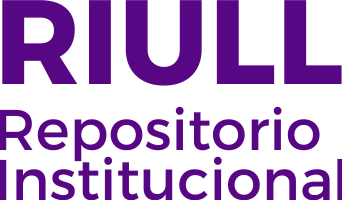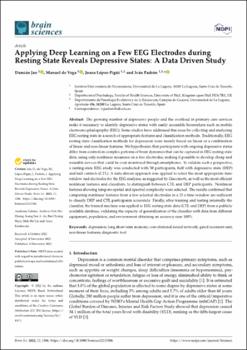Applying Deep Learning on a Few EEG Electrodes during Resting State Reveals Depressive States: A Data Driven Study
Date
2022Abstract
The growing number of depressive people and the overload in primary care services
make it necessary to identify depressive states with easily accessible biomarkers such as mobile
electroencephalography (EEG). Some studies have addressed this issue by collecting and analyzing
EEG resting state in a search of appropriate features and classification methods. Traditionally, EEG
resting state classification methods for depression were mainly based on linear or a combination
of linear and non-linear features. We hypothesize that participants with ongoing depressive states
differ from controls in complex patterns of brain dynamics that can be captured in EEG resting state
data, using only nonlinear measures on a few electrodes, making it possible to develop cheap and
wearable devices that could be even monitored through smartphones. To validate such a perspective,
a resting-state EEG study was conducted with 50 participants, half with depressive state (DEP)
and half controls (CTL). A data-driven approach was applied to select the most appropriate time
window and electrodes for the EEG analyses, as suggested by Giacometti, as well as the most efficient
nonlinear features and classifiers, to distinguish between CTL and DEP participants. Nonlinear
features showing temporo-spatial and spectral complexity were selected. The results confirmed that
computing nonlinear features from a few selected electrodes in a 15 s time window are sufficient
to classify DEP and CTL participants accurately. Finally, after training and testing internally the
classifier, the trained machine was applied to EEG resting state data (CTL and DEP) from a publicly
available database, validating the capacity of generalization of the classifier with data from different
equipment, population, and environment obtaining an accuracy near 100%.





